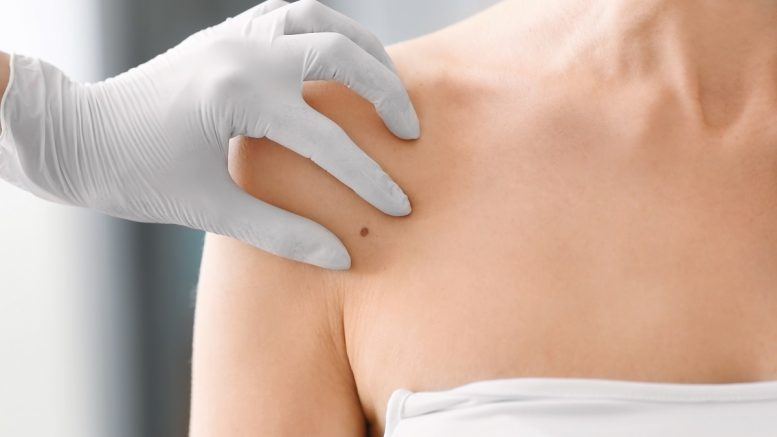Our NHS is facing its biggest skin cancer crisis yet. Cases of melanoma are up by 195% since the 1990s, with 17,500 new diagnoses each year. The increase is particularly pronounced among the over 55s – a rise which has been fueled by the lasting impact of the 1960s package holiday boom, when there was little awareness of the link between tanning and cancer. Concerningly, the crisis is showing no signs of slowing – in fact, it is projected that skin cancer rates could increase by around 50% across all age groups over the next 20 years.
Rising global temperatures, leading to an increased risk of exposure to UV radiation, and an ageing population, are two additional factors that are increasing skin cancer incidence rates in the UK. At the same time, the general public’s increased awareness of skin changes are also leading to growing numbers of GP visits. There are 13 million GP appointments each year for skin concerns and suspected skin cancer is now the most common reason for a GP cancer referral to hospital.
Faster diagnoses for skin cancer patients
The challenge of meeting rising patient demand is being compounded by NHS workforce shortages – a staggering 24% of consultant dermatologist posts are currently unfilled. Recruiting for empty dermatologist roles is not a quick fix solution, but it may be possible to extend dermatology capacity in a different way, by using technology to speed up current diagnostic pathways.
For example, AI technology can be trained to accurately determine whether a lesion is skin cancer, a pre-malignant skin condition or a common – but harmless – skin cancer mimic that does not require further action. By focusing on dermatoscopic images, these technologies are able to detect patterns indicative of cancer that are often invisible to the naked eye or in ordinary photographs.
AI medical devices, which are increasingly being rolled out across secondary care, are able to detect cancer in patients within minutes, and some of these tech solutions are already being implemented by NHS trusts across the UK including West Suffolk NHS Foundation Trust and University Hospital of Birmingham. Earlier this year, the NHS announced it would be accelerating the rollout of these services – which aim to speed up skin cancer diagnoses and treatment for tens of thousands of patients – across dermatology departments and GP surgeries nationwide.
The struggle to meet targets
The growing demand for dermatology services combined with the limited clinical capacity of dermatology teams means that despite significant efforts from dermatology departments, there has been a considerable increase in waiting lists. NHS data shows that at the end of last year more than one in ten (11%) of urgent skin cancer referrals were waiting over four weeks for a first assessment. Over 380,000 people are waiting longer than 18 weeks.
It is critical that more trusts are given access to these technologies if they are to solve service pressures and combat the long waits currently experienced by patients. Diagnostic delays acutely impact patient outcomes in skin cancer patients – delays of just two weeks or more have been shown to lead to a 20% decrease in patient five-year-survival rates. Skin cancer survival rates improve dramatically with early diagnosis and treatment and, when caught early, survival rates exceed 95%. When caught late, they drop to as low as 8%.
NHS England’s recent proposal – which has replaced the 2 Week Wait (2WW) with the Faster Diagnosis Standard (FDS) – is therefore a sensible one. The FDS would require that suspected skin cancer patients receive a diagnosis, or the all clear, within four weeks. However, without transformational shifts in the way cancer pathways are deployed we simply cannot expect understaffed dermatology teams to deliver on these ambitious goals, especially considering the growing incidences of skin cancer. New, ambitious targets in and of themselves will be ineffective at improving cancer survivability rates. Rather, to guarantee success, targets need to be accompanied by widely accessible solutions that improve patient triaging, increase dermatology workforce capacity and pave the way to faster treatment.
Opening up better access to skin cancer assessments
Effective tech solutions to ever-growing backlogs aren’t about replacing highly-specialised dermatologists with automated tools, but rather about effectively triaging patients into the right place at the right time. Preserving valuable dermatologist capacity in this way will help provide better access to skin cancer assessments for those patients in urgent need – the critical first step to helping more people survive the disease.
While the ambitious new FDS target is a step in the right direction, trusts simply won’t be able to meet escalating dermatology demands with existing resources, unless access to innovative solutions are accelerated.
By Neil Daly, CEO and Founder of Skin Analytics





